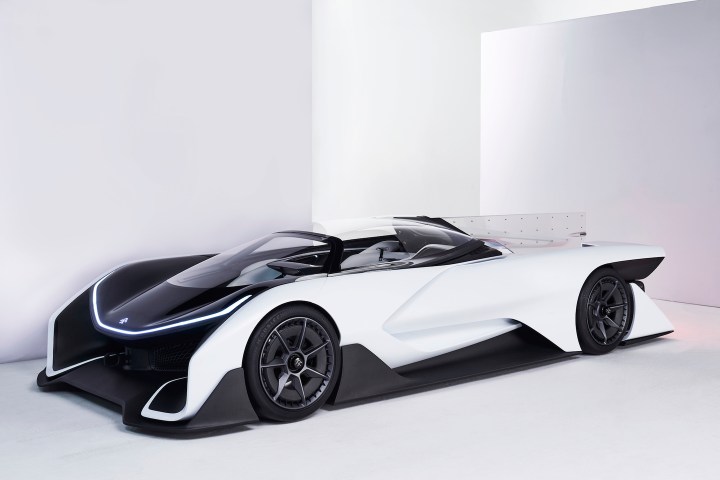
A supplier named Futuris that manufactures and tests seats is taking Faraday Future to court over $10 million in unpaid bills. A separate lawsuit filed by Beim Maple Properties accuses the company of not paying rent on a warehouse to the tune of $104,950.50. And that may be just the tip of the iceberg; employees who wished to remain anonymous told Buzzfeed News that the company’s debt amounts to over $300 million.
The unstable financial situation has allegedly sent shockwaves through the young company. Some suppliers decided to cut ties with Faraday Future, and a few employees have resigned this year. One of them pointed out that getting work done was a real challenge because suppliers routinely put orders on hold due to missed payments. Another noted that his team’s size was slashed in half without warning.
“Month to month, the money was never there. Funds were lower than what Faraday needed to cover operational costs and commitments to suppliers,” summed up a former employee in an interview with Buzzfeed News.
Faraday Future’s financial troubles have also impacted construction work on the $1.3 billion factory it’s building in Nevada. The project was put on hold in November because AECOM, the firm in charge of the project, is waiting for $58 million in late payments. While AECOM is confident construction will resume in a timely manner, Nevada officials are much more cautious. They gave Faraday $219.5 million in tax incentives, but they have a plan to protect the state’s interests in case the company’s dream to beat Tesla at its own game fizzles out.
Faraday Future couldn’t be reached for comment. CES is two weeks away, so we won’t have to wait long to find out whether it can deliver a production car as promised, and what the future has in store for the company.



